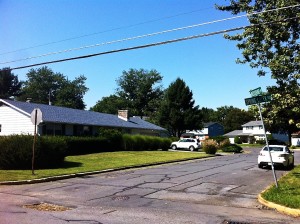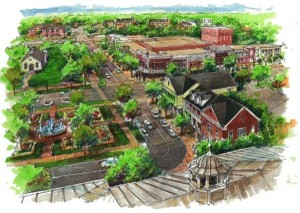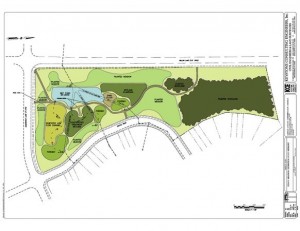This is the second version of the plan to come before the board. The first was scrapped due to the discovery of mine wash on the property. The developer claims the faulty soil has “forced us to reorganize the site plan in a relatively significant way,”.
Residents should who live in the area of the proposed center should attend the hearing tonight. There are a couple requests of note:
1. Request to increase maximum impervious coverage to up to 80%.
2. Request to increase maximum building coverage to 22.5%
3. Request to eliminate certain planted islands
4. Requests to allow higher screening fencing
I believe these items are important to scrutinize very thoroughly given our townships flooding issues. The max impervious, buildling coverage and requirements to plan tree’s and shrubbery in parking lots all contribute to a developments stormwater management. Remember, to be granted a variance the developer must present “true hardship on the property owner”. They must show why the increase in impervious is necessary and what measures will be taken to counter the increased stormwater issues.
To view a complete list of the variance requests (as of noon today the agenda for tonight’s meeting is not on the township website) you can view the BOC agenda from 11/15. The requests are exhibit BB.
Friends for protection of Lower Macungie Township will be monitoring the progress of this development. We’re dedicated to keeping residents informed about land use/development issues. For more information visit our website or join our mailing list. Also I write about local development issues here on my blog.




